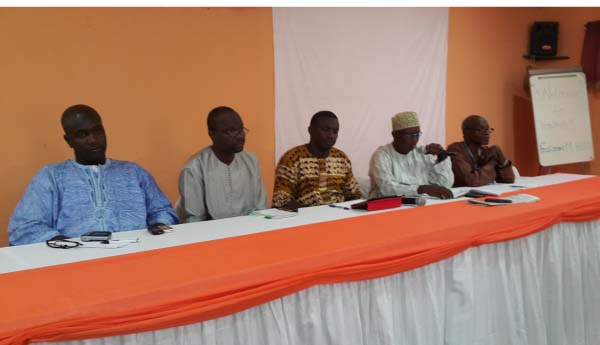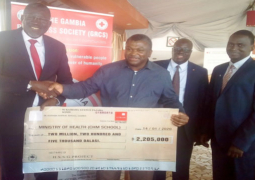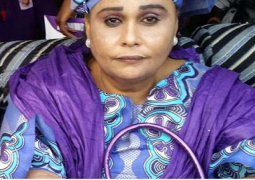
The convergence was to critically look at the department’s new project entitled ‘Protected Areas Network and Community Livelihood Project’ funded by the UNDP through the Global Environment Facility
The project will be implemented in the three biggest protected areas in The Gambia: Kiang West National Park, Jokadou National Park and BaoBolong Wetland Reserve.
Modou Sowe, permanent secretary at Ministry of Environment, Climate Change, Forest, Water and Wildlife (MoECCFWW), said the Local Project Appraisal Committee Meeting provided the participants to critically look at the project document to do necessary adjustment where necessary.
He said The Gambia has designated nine legally established protected areas, including one community managed reserve, which together covers 64,276 ha – 6 per cent of the national territory.
The protected areas are managed by DPWM in collaboration with local population.
Mr Sowe said 13 new indigenous community conservation areas are in the making and many more will follow in the near future.
“The national goal is to increase the protected area coverage to 10 per cent by 2020.There is also an initiative being supported by IUCN since 2005 to declare Niumi-Jokadou Peninsular (131,000 ha) a UNESCO Man & Biosphere Reserve,” he said.“The proposed Biosphere Reserve will later be amalgamated with Delta Saloum Biosphere Reserve as a Transboundary Complex.”
In 2010, 27 per cent of The Gambia’s land cover was classified as forest (including mangroves) of which 87 per cent were secondary forests (mostly fragmented and under severe over-exploitation and degradation). Only 3.5 per cent of lands remained under primary forest cover, almost all of which are found in protected areas.
Mamadou Lamin Kassama, director of DPWM, said the new project is focused on the communities, primarily farmers and their households, totalling an estimated 70,000, that exert significant pressure on the integrity of the protected areas.
The project will introduce biodiversity-friendly sustainable land and natural resource management practices; establish nurseries and plant suitable fruit, forage, firewood and multi-purpose trees and vegetation; and pilot the latest conservation tillage agriculture, among others.
“Agreements will be entered into with local communities that will form the basis of these community-based interventions to be undertaken by the project,” Mr Kassama said.
Dr Almami Camara of UNDP said it is mandated for the UNDP to bring together relevant stakeholders not to re-write the proposal but to critically look at the necessary plus or minus to ensure that all relevant components are captured.
He implored the participants to make best use of the meeting to ensure that all the necessary adjustments are made.



